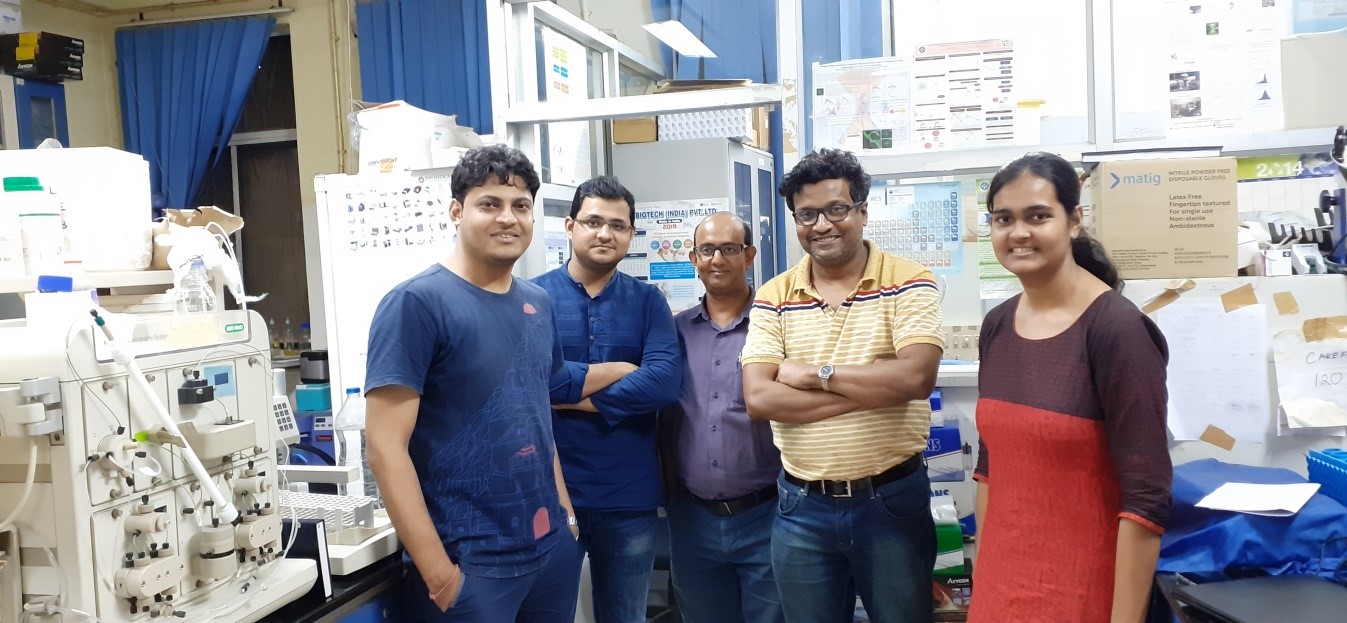
Digital Surveillance to Monitor and Control COVID-19 Spread
- News
- 1.4K
The Centre for Cellular and Molecular Biology (CCMB) and the Institute of Genetics and Integrated Biology (IGIB), along with a few other institutions, are working for the digital and molecular surveillance of the spread of novel coronavirus to understand the biology, epidemiology and disease impact.
Why some people who are infected by the dreaded novel coronavirus do not even show symptoms, leave alone illness? Why some suffer and go to the brink of death while some others come out of the clutches of the virus unscathed? Is the virus mutating so fast that our efforts towards the development of vaccine and drugs will go down the drain or is the change insignificant? A number of such questions abound, for which scientists all over the world are seeking answers.
With digital and molecular surveillance of novel coronavirus, scientists are hoping to get some clue for many of the unknowns today. The centre would be established at IGIB where all the labs, research centres and hospitals will share their data through cloud sharing.
The surveillance will be done at three levels: the virus, the patient and the clinical course of the patient. Surveillance at the virus level refers to the genome of the virus. For this, CCMB plays a major role, as it would provide the genome sequences.
“We will be providing information on genome sequencing and sample testing. As we are doing widespread testing, we can provide the sample results that can be used for understanding the spread, the isolates, and a variety of related information,” said Dr Rakesh Mishra, Director, CCMB, to India Science Wire.
The second part deals with the patient data, that is details of the patients looking at the clinical samples. The clinical course details would be clinical care data or hospital data that leads to outcomes. Some patients require ventilators, while others are able to recover on their own. A few patients develop life-threatening cytokine storm, many are able to sail through the infection.
“We are working with the National Centre for Disease Control (NCDC) for pan-India representation for all these things and we are working with the local hospitals also. We are asking all the hospitals across the country so that we have more reach for the last part. We tend to set up an end-to-end network in which we club data of all the things,” said Dr Anurag Agarwal, Director, IGIB.
Using the testing data, which identify the asymptomatic infected people and people who experience a mild impact, the study will also include infected people outside the hospital network. The surveillance will able be able to monitor the population in which the spread is virulent and the population in which the spread is controlled.
According to Dr Agarwal, everything will be done in an open but confidential format. Confidential in terms of ethics and open in terms of any person who is eligible for access as per the government. The data would not be downloadable by anybody because part of it may be confidential. However, if anybody in the government wants to have a look at the data for the right reasons, the data would be provided and again the level of privacy would be different.
“Viral genome would go in public deposits; the hospital course and any information will be completely identified. But we only receive the identified data” said Dr Agarwal.
The data would be provided to the government so that it can be linked to Aarogya Setu app recently launched by the government. The idea is to provide benefits to the maximum number of people. “Anybody who is willing to contribute data on the given verticals and become part of the effort is welcome from our side,” said Dr Agarwal.
Jyoti Singh
If you liked this article, then please subscribe to our YouTube Channel for the latest Science & Tech news. You can also find us on Twitter & Facebook


